What is digital morphogenesis
The term morphogenesis describes how complex shapes and bodies evolve in nature by biological, chemical and physical influences. Simulating these same processes on a computer by generating such complex patterns by computation is called digital morphogenesis. It’s a very broad academic research field that spans across many disciplines, such as biology and physics as well as art and mathematics, for instance.
The main reason why I’m writing about it is to bring more attention to the fascinating results that can emerge when applying computation to such a large interdisciplinary area, in particular biology. The mystery around complex natural patterns always fascinated me as it comprises such a precise beauty. Applied in architecture or art, the usage of morphogenesis can yield wonderful works.
Please take this article only as a starting point for a more in-depth exploration of digital morphogenesis. Everything written here is taken from the repository “morphogenesis-resources” as well as the paper “Evolving digital morphogenesis” by Daniel Davis, both linked below in the addendum. This text only aims at a little introduction with a few examples. Alright, enough talking, let’s take a look at some!
React-diffusion
Based on chemical reactions, this pattern revolves around two chemicals as they diffuse through a medium and react with one another.
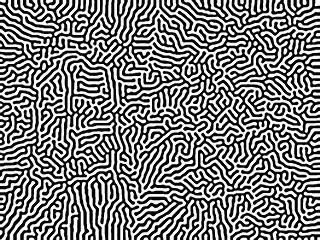
Space colonization
Process for iteratively growing networks of branching lines based on the distribution of growth hormone sources (called "auxin" sources) to which the lines are attracted.
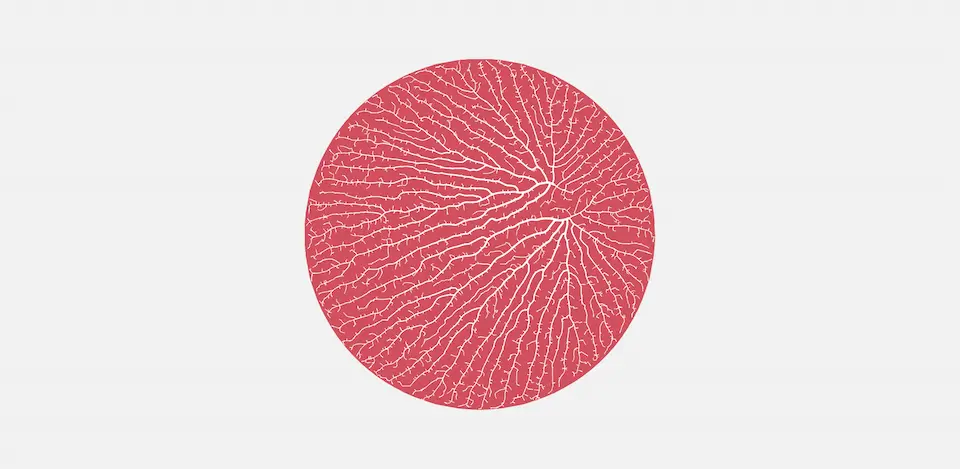
Fractals
Probably known by most people, fractals describe an infinitely evolving pattern that’s generated by recursion. True infinite fractals aren’t possible in nature due to physical limitations, but fractal features are observable in quite a lot of places, for instance tree branching structures, lightning bolts or nautilus shells, to name a few.
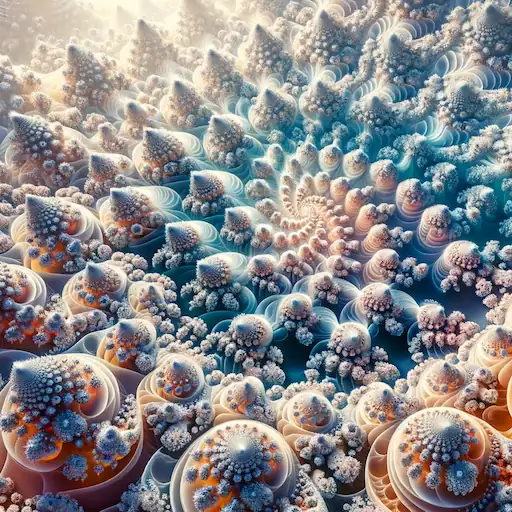
Golden ratio
One very famous pattern and mostly associated with natural beauty and harmony. Taking the definition from wikipedia, in mathematics, two quantities are in the golden ratio if their ratio is the same as the ratio of their sum to the larger of the two quantities.
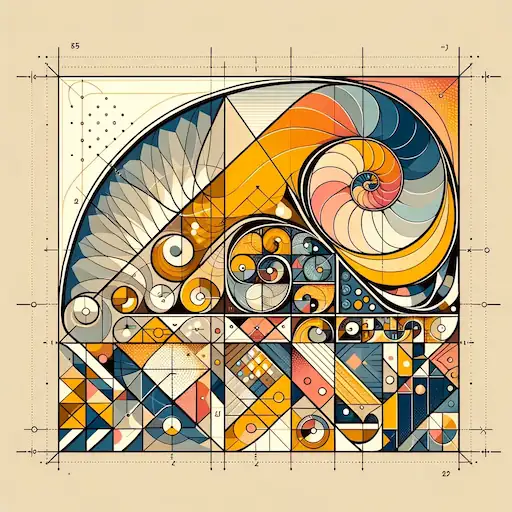
Strange attractor
What’s an attractor? Taking a cue from wikipedia once more: In the mathematical field of dynamical systems, an attractor is a set of numerical values toward which a system tends to evolve, for a wide variety of starting conditions of the system. System values that get close enough to the attractor values remain close even if slightly disturbed. And if an attractor contains a fractal structure, it’s called a strange attractor.
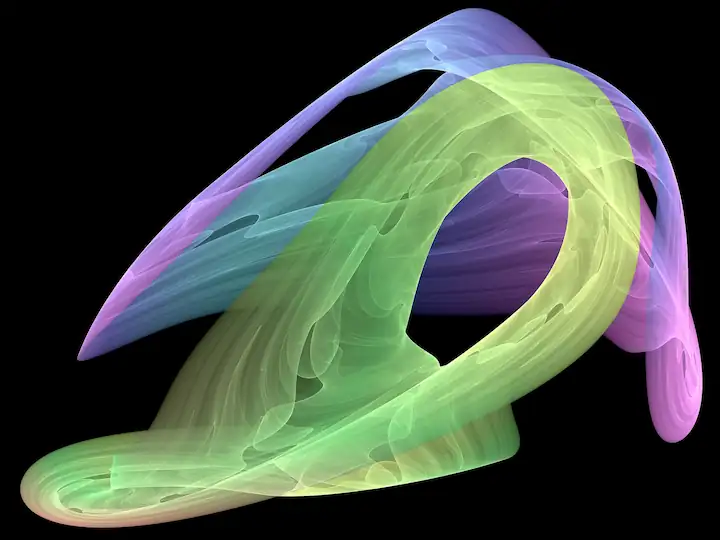
Next steps
That’s a quick overview of some shapes and bodies defined by digital morphogenesis. Not only are forms complex, but so is the whole field with its many subcategories and interdisciplinary aspects. I hope you’re curious now to explore more, as this is what I will do. Future articles will focus more on specific components in digital morphogenesis and probably how they can be used to enhance animations or UX for web applications, as this is still my primary working domain.
- Tom